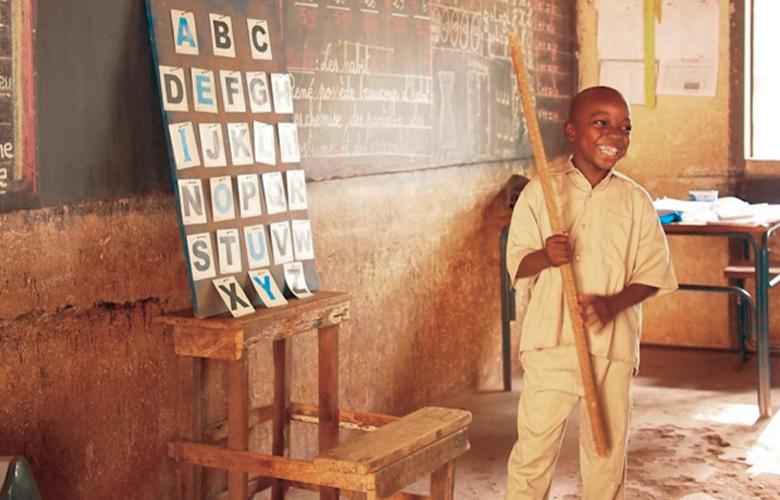
While social and emotional learning (SEL) is getting a lot more attention these days, helping students develop these skills is not new. For decades, teachers across the United States, as well as in places around the world, have been supporting their students to develop the core competencies of SEL, such as self- and social awareness, self-management, positive relationships, and responsible decision-making.
So, what does this rising focus on SEL mean for educators, researchers, and others who are working in this field?
The degree to which SEL is being talked about today is recognition that the work thus far has demonstrated results and has relevance in the United States and around the world. In these challenging times of health, economic, and social stress, possessing strong social and emotional skills can help individuals of all ages live more productive and fulfilling lives. And because the types of struggles that individuals face vary in intensity and scope, we know that a continuum of supports is needed to help children, youth, and adults acquire the skills and tools necessary to meet their needs.
With this increased interest in SEL also comes renewed funding, particularly from governments and foundations, to support research, program development, and training. While this work opens conversations and brings new resources, it can also be overwhelming to sort through all the frameworks, programs, and terminology out there. However, initiatives through EDC’s SEL & Mental Health Academy, CASEL, and Harvard’s EASEL Lab are helping to increase understanding, which will assist educators and families in choosing the best resources and approaches to use in their classrooms, schools, and communities.
As the first International SEL Day is celebrated on March 27, we can be proud of the progress we have collectively made. At EDC, whether we’re embedding SEL into academics in Mali, helping youth develop life skills in Southeast Asia, supporting teacher resiliency in Honduras, or assisting schools and districts implement evidence-based SEL programs in the United States, we recognize the importance of building upon the science, as well as learning from our experiences and working together.
So, we want to hear from you about what SEL resources you have found particularly helpful. And, we also want to learn about what you think is still missing?
| Susan Bruckner is a senior international technical advisor and project director in the International Development Division at EDC supporting basic education initiatives in Africa, Asia, and Central America. She is also a career educator, having taught in the Connecticut Public Schools system for over 20 years. |

Comments
Add new comment